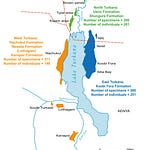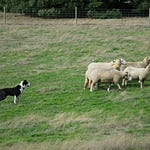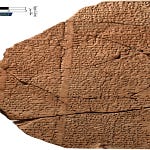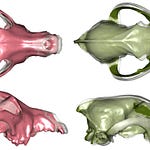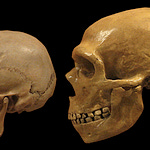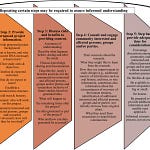Seeds of Change
Around 5300 BCE, small communities belonging to the Linear Pottery culture (Linearbandkeramik or LBK) were sowing the same1 two grains across much of Central Europe: einkorn and emmer. Both were hulled wheats, nutritious but labor-intensive, since their husks clung stubbornly to each grain. Their dominance once gave the impression that early European farming was a static enterprise, locked into tradition.
But new evidence from the Rhineland, a fertile strip of western Germany, tells a more dynamic story. A team of archaeologists and archaeobotanists sifted through over 245,000 charred seeds from 72 Neolithic sites, charting the region’s agricultural shifts from the 6th to the 4th millennium BCE.
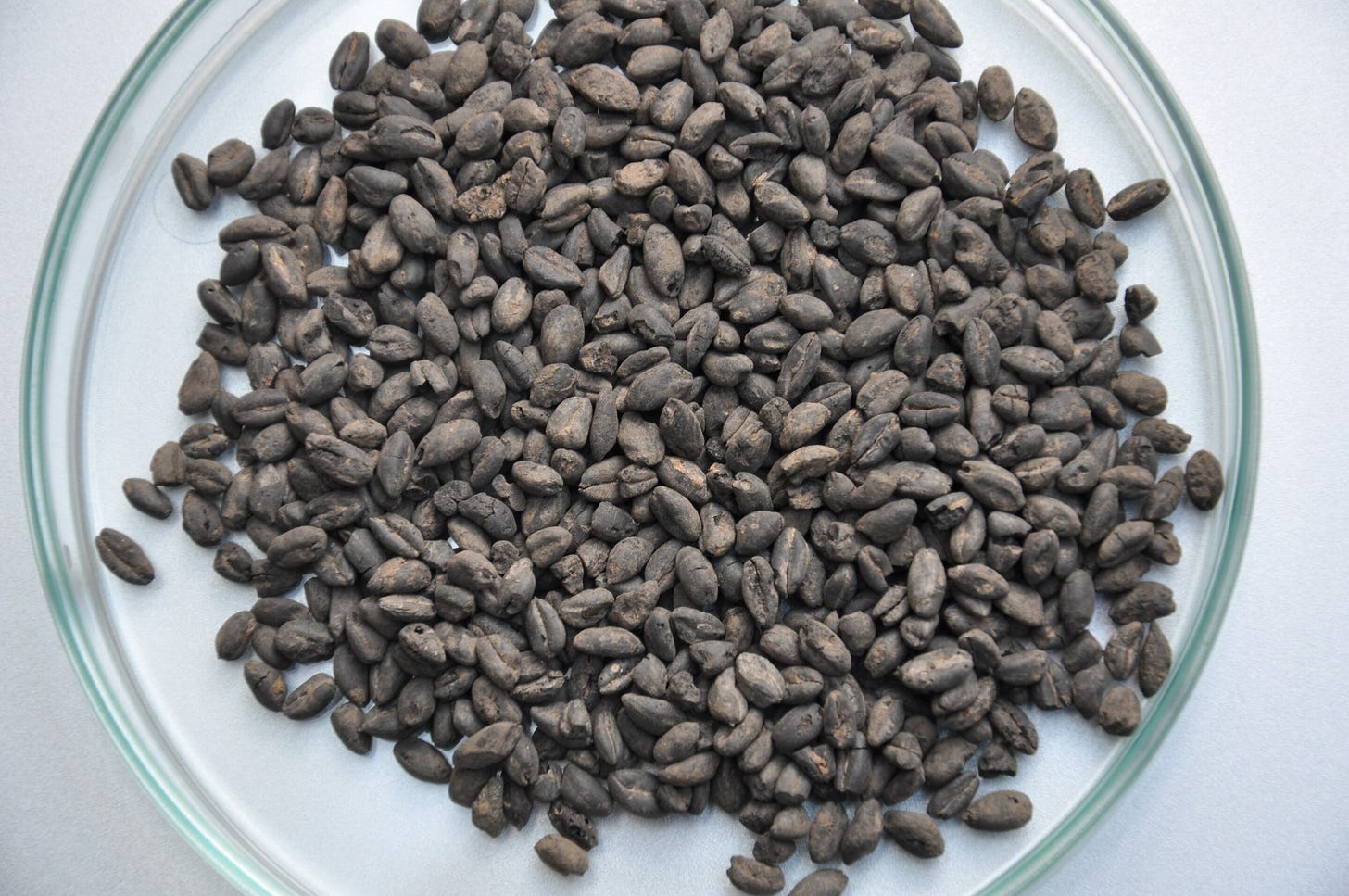
Their findings point to a dramatic experiment: farmers began integrating free-threshing cereals like naked wheat (Triticum aestivum and Triticum durum/turgidum) and naked barley (Hordeum vulgare var. nudum). These grains were easier to process, adaptable to varied soils, and crucially, could be planted in both winter and summer.
“The arrival of free-threshing cereals was less about abandoning tradition and more about building resilience,” explains Dr. Lena Hoffmann, an archaeobotanist at the University of Tübingen. “These crops gave farmers options. They could hedge their bets against unpredictable seasons.”
Listen to this episode with a 7-day free trial
Subscribe to Anthropology.net to listen to this post and get 7 days of free access to the full post archives.


